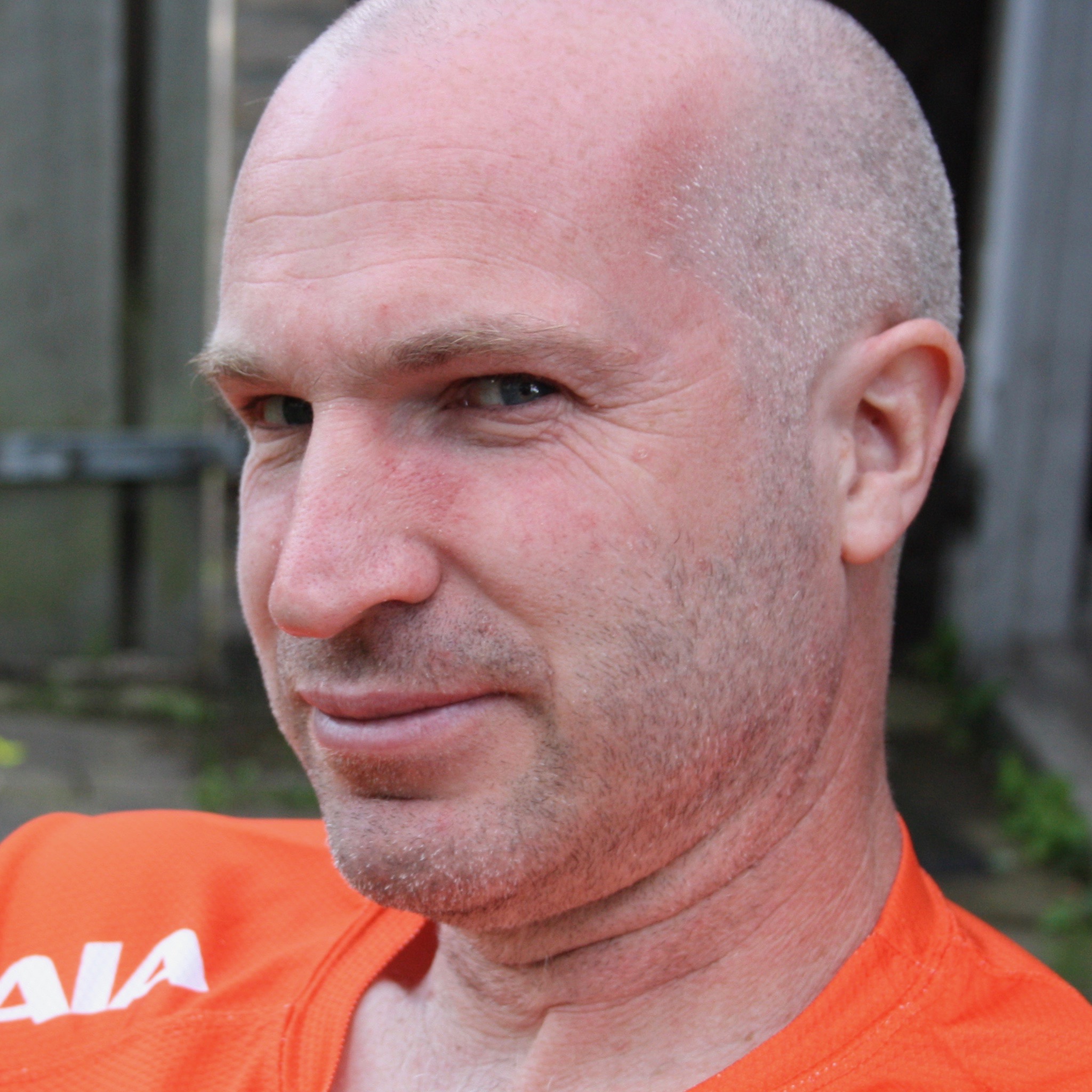Ghost imaging involves capturing an image using photons that have never interacted with the object being imaged. Can you perform ghost imaging using the human eye as one of the detectors? The answer is, apparently, yes. Researchers stared down the barrel of one of their own imaging setups and claimed to observe images. In doing so, they’ve shown that the eye is much like any other camera.
Ghost imaging isn’t all that ghostly
In ghost imaging’s original conception, the quantum properties of light were an essential part of the imaging process. The basic idea was that two entangled photons would be separated. One would head off to bounce off the object being imaged. The other would go to a camera. The photon that bounced off the object would hit a photodiode (essentially a single pixel detector). That click would then be used to trigger the camera to record the other photon, the one that hadn't hit the object. Supposedly thanks to entanglement, an image can slowly be constructed from light that has never been near the object being imaged.
As cool as that sounds, ghost imaging isn't necessarily quantum. Images can be constructed by summing up a sequence of patterns. Each pattern is assigned a value called a weight. If a pattern contributes strongly to creating an image, then it gets a large weight, while patterns that do not contribute get a very small weight.
As it turns out, the entangled photons were sending a random selection of patterns to the object and the camera. The photodiode clicks more often when a pattern contributes strongly to the reflections from the object. The image at the camera has a large contribution from that pattern because it is triggered by the photodiode.


 Loading comments...
Loading comments...
